I learnt many, many years ago that the most logical reasons are not always the correct ones.
I was working on a car and again it wouldn't run (Seems to be a theme there), so I checked, double and triple checked what I had been touching.
It seemed that not one but two faults had developed in areas totally separate areas.
Strange that it was co-incidently at the same time.


Couple of photos of the manifold connections.
They actually all looked to be fairly well sealed, especially underneath.
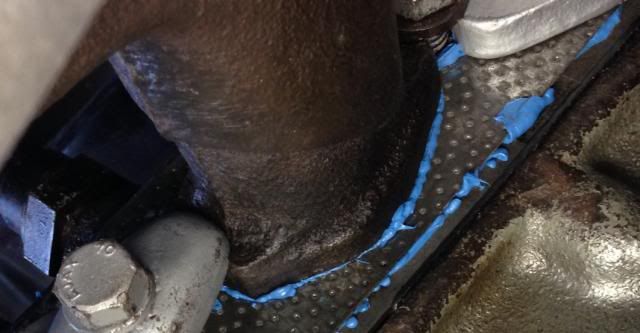
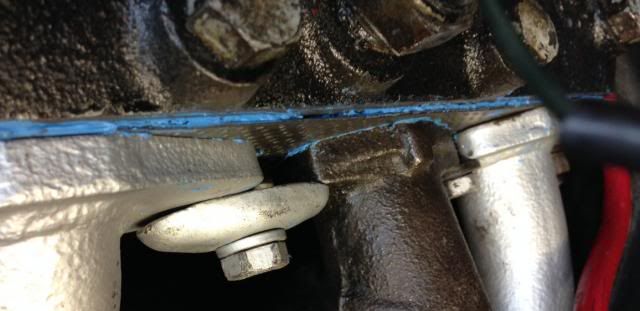
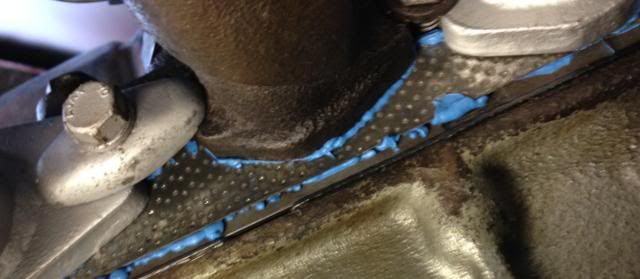
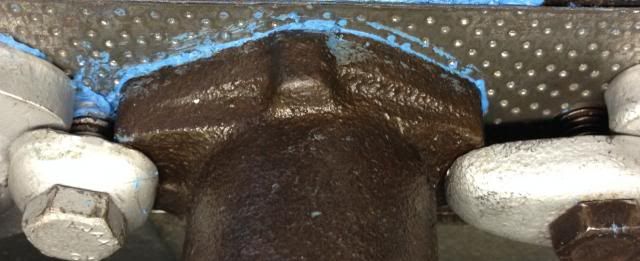
Did another drive around the block.
Was hard to start but ran OK at first then missing again


Did a compression test this afternoon and they were all around the 90 mark.
Certainly down on specs but consistent.

However what I did find was a little strange.



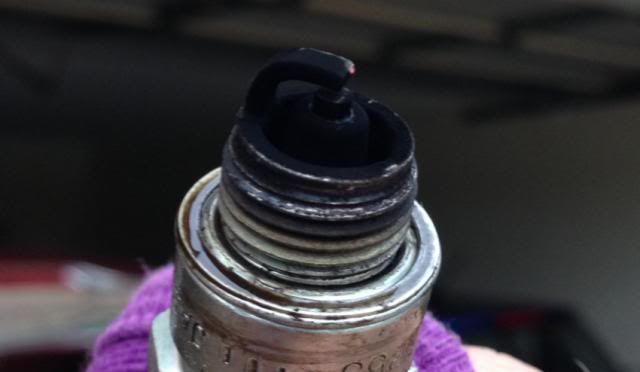
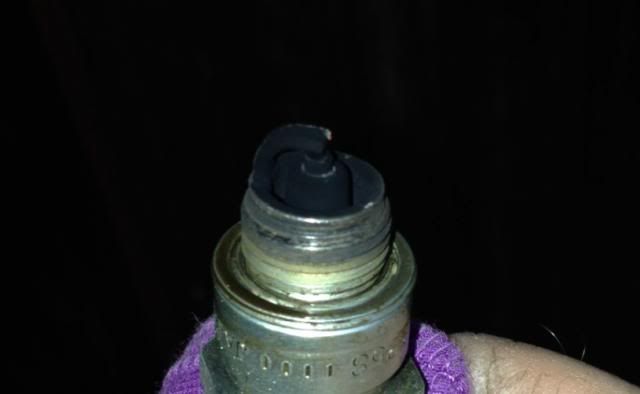
Every plug was black, and a moist black.
I gave them a light clean before putting them back in.
Didn't get to drive it but started it after the compression test.
It seems to start really well again and rev and idle well.
Will do a block drive tomorrow.
If it's running well again,


then I'm looking for a new cause.










